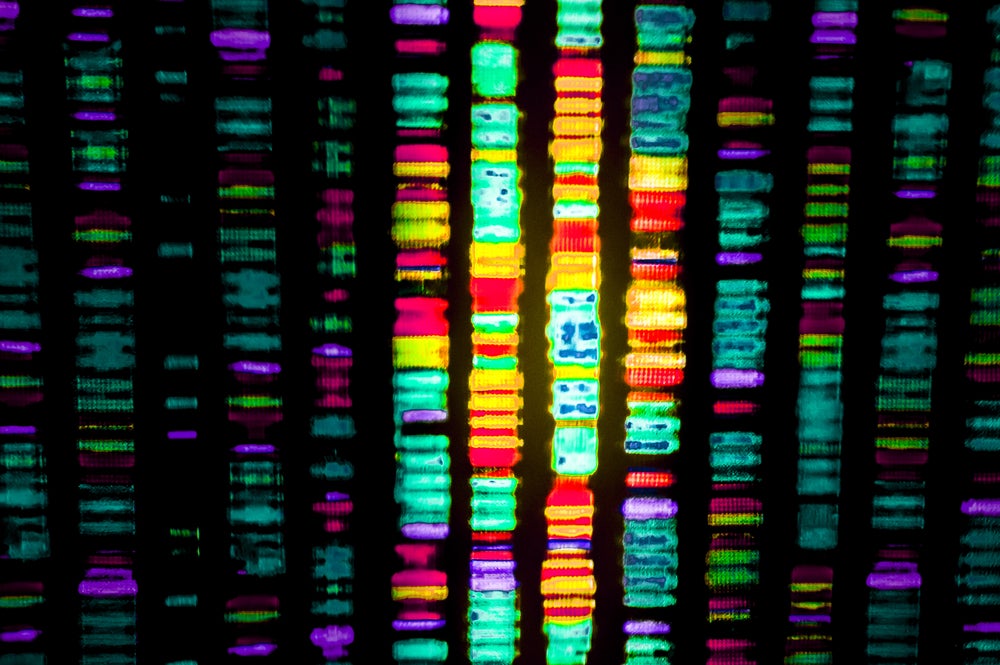
Doctors may soon be able to carry out on-the-spot genome analysis using just a smartphone thanks to research by the Garvan Institute of Medical Research and UNSW Sydney.
The genome is the complete set of genetics in an organism, and is key to understanding human health, helping to prevent disease and furthering personalised medicine.
Researchers were able to adapt a computer algorithm able to perform accurate analysis with far less computer memory than current programmes, making it easier to analyse the genome.
This could mean that it could be done from a smartphone, making it possible from remote locations without access to powerful computers, or at patients’ bedsides.
Devices that can sequence entire genomes, such as the Oxford Nanopore Technologies MinION sequencers, are small enough today to clip onto a smartphone – and have already been used to track the Ebola virus in New Guinea and the Zika virus in Brazil. However, this requires a lot of computing power.
Researchers have managed to reduce the amount of memory necessary to align genomic sequences from 16GB to 2GB, making it possible for analysis to be done on-the-spot, using the memory available on most smartphones.
How well do you really know your competitors?
Access the most comprehensive Company Profiles on the market, powered by GlobalData. Save hours of research. Gain competitive edge.

Thank you!
Your download email will arrive shortly
Not ready to buy yet? Download a free sample
We are confident about the unique quality of our Company Profiles. However, we want you to make the most beneficial decision for your business, so we offer a free sample that you can download by submitting the below form
By GlobalDataThey compared the accuracy of their algorithm to standard genomics workflows and found that it was able to reproduce 99.98% of the alignments.
Dr Martin Smith, Team Leader of Genomic Technologies at the Garvan Institute’s Kinghorn Centre for Clinical Genomics believes this can make genomics more accessible:
“We’re focused on making genomic technologies more accessible to improve human health. They’re becoming smaller, but still need to function in remote areas, so we created a method that can analyse genomic data, in real time, on just a mobile device.
“The potential of lightweight, portable genomic analysis is vast – we hope that this technology will one day be applied in the context of point-of-care microbial infections in remote regions, or in doctors’ hands at the hospital bedside.”



